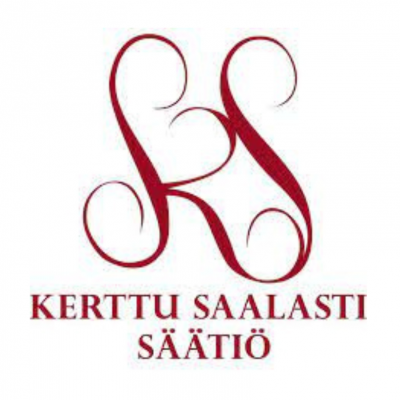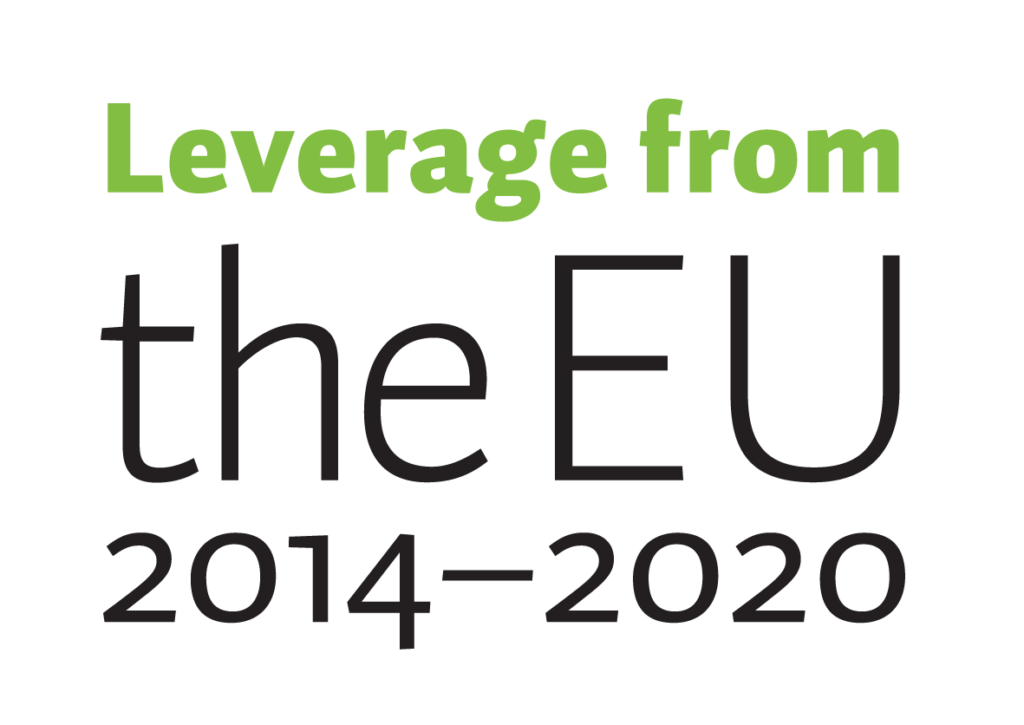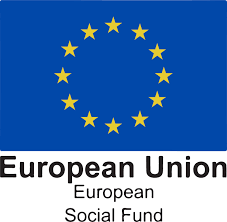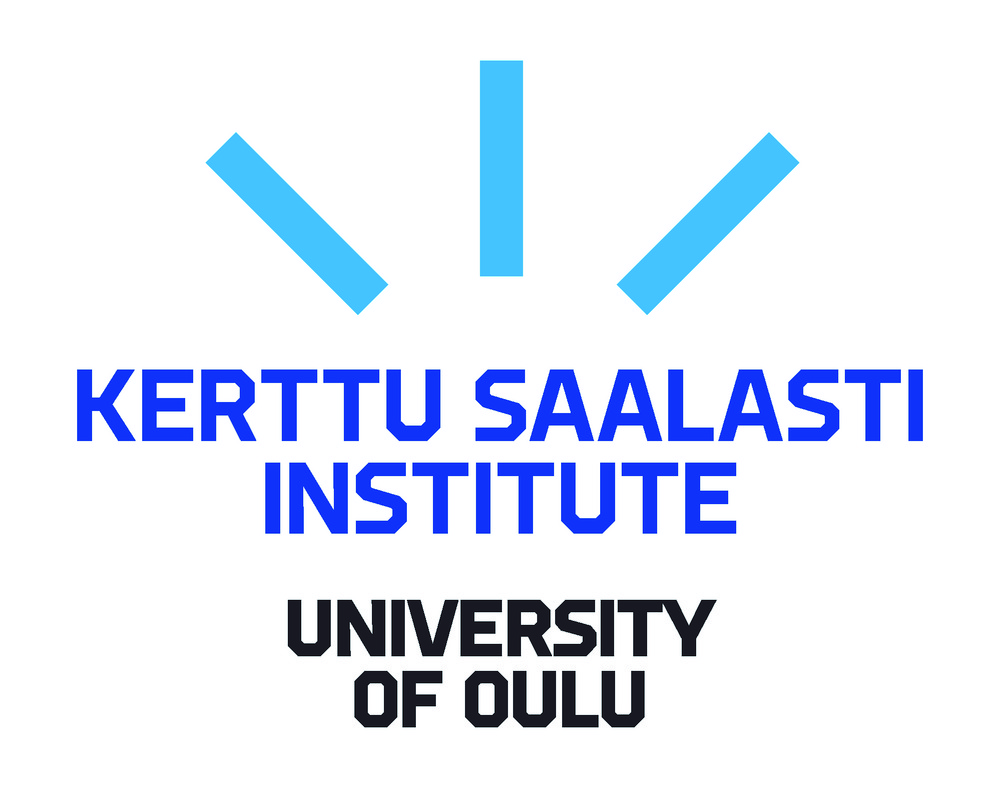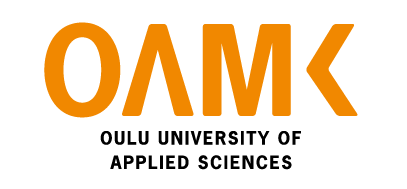The aim of this case study is to enable high school students to come up with a customer-driven business idea that promotes sustainable development, and to get them to assess its feasibility and describe the business model. The students will understand the importance of image to a business and be able to plan marketing strategies. They will assess the financial and operational resources required for the business idea as well as the risks and opportunities of the business, and prepare a SWOT analysis. Each student will present the idea to a potential partner.
Description of the case study. The camp starts with an innovation workshop. Students are given resource cards showing different types of waste and discarded products. The next step is to work on new business opportunities related to the waste products. The group will come up with a business idea. The business idea will be refined by thinking about target group, image, product variations and ways of working. A SWOT analysis of the business idea is then carried out. Next, the students will productise the products/services for the selected customer groups and price the product. The business model is to be described on the Business Model Canvas. The students will create a sales pitch, a poster and a TV commercial for the business idea. Finally, a ‘Lion’s Den’ will be held. The model will be further developed and introduced into the annual calendar of the high school.
Authors: UuLops ESF project; Merja Nevanoja, Haapajärvi Upper Secondary School, Virpi Marttila and Leena Eskola, Education Centre JEDU Haapajärvi
